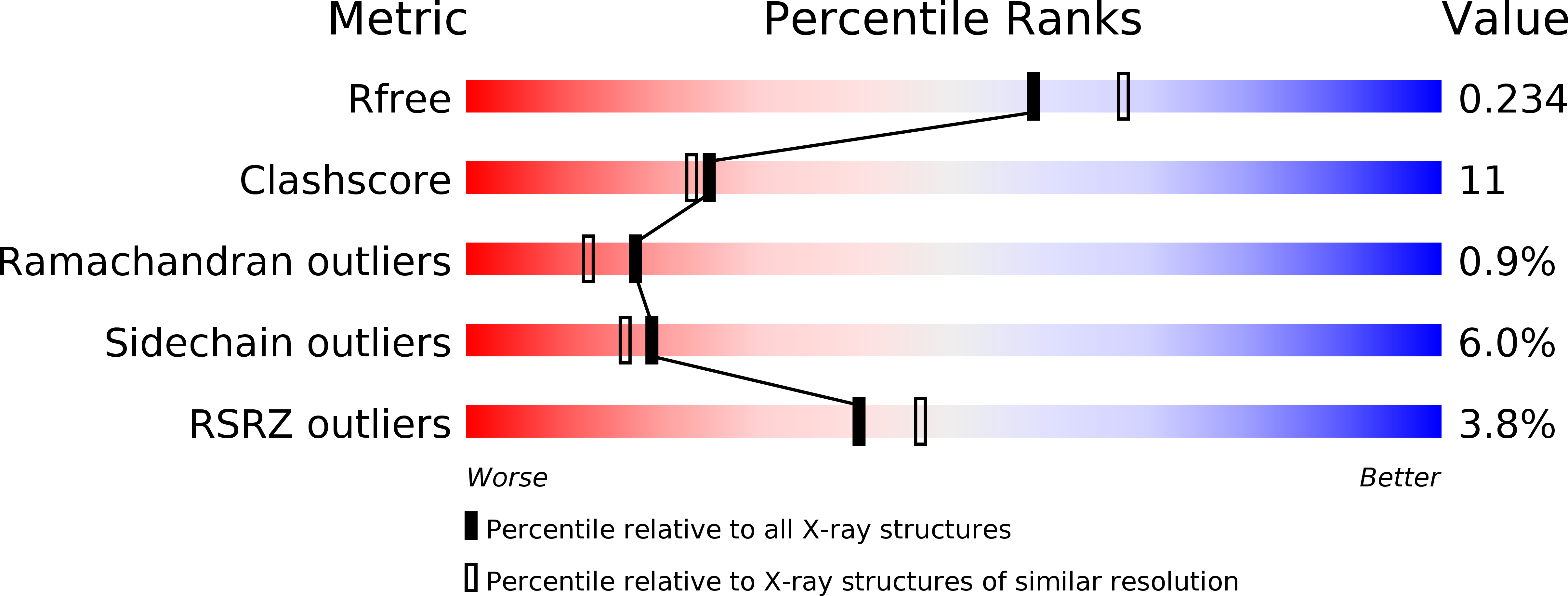
Deposition Date
2015-01-22
Release Date
2015-06-24
Last Version Date
2024-11-20
Entry Detail
PDB ID:
4S2S
Keywords:
Title:
Crystal Structure of Fab fragment of monoclonal antibody RoAb13
Biological Source:
Source Organism:
Mus musculus (Taxon ID: 10090)
Method Details:
Experimental Method:
Resolution:
2.10 Å
R-Value Free:
0.23
R-Value Work:
0.18
R-Value Observed:
0.18
Space Group:
P 1 21 1


